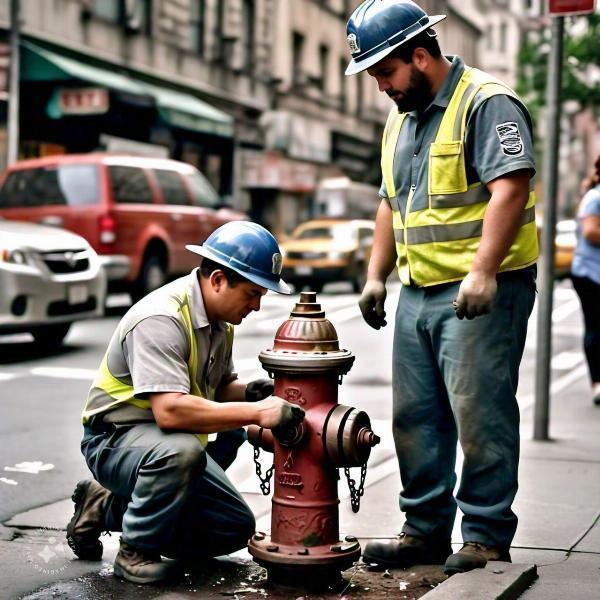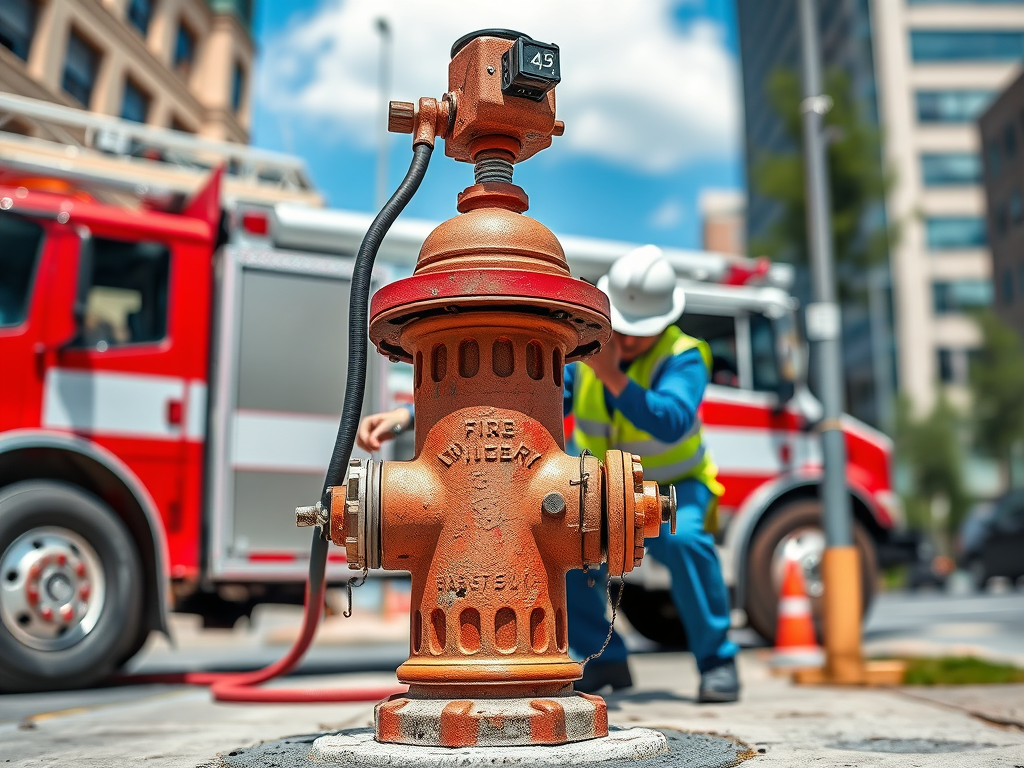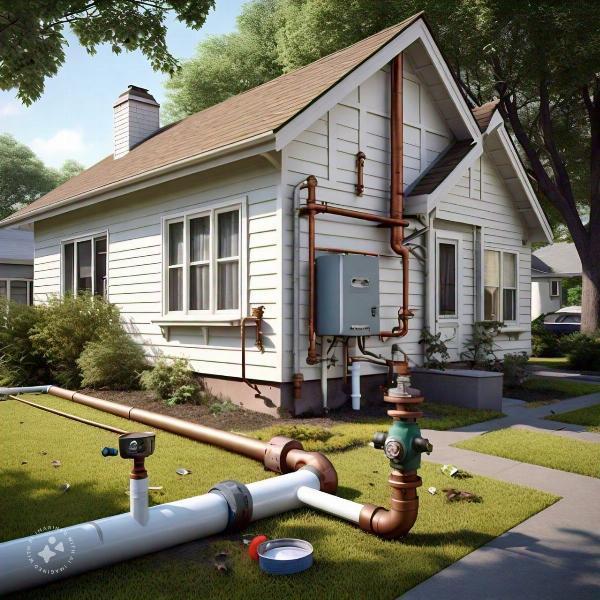Fire Hydrant Replacement Regulations in PG County: What You Need to Comply With

Strong 8k brings an ultra-HD IPTV experience to your living room and your pocket.
Fire hydrants play a crucial role in ensuring public safety by providing immediate access to water for firefighting. In Prince George’s County (PG County), proper installation, maintenance, and replacement of fire hydrants are subject to specific regulations to guarantee the safety and well-being of the community. Whether you are a property owner, business owner, or part of a municipal authority, understanding and complying with these regulations is essential when it comes to fire hydrant replacement.
1. Permits and Approvals for Fire Hydrant Replacement
Fire hydrant replacement in PG typically requires obtaining the proper permits and approvals from local authorities. This process ensures that the replacement work meets safety standards and complies with the county’s infrastructure guidelines.
Permit Application: Property owners, contractors, or municipalities responsible for replacing a fire hydrant must apply for a permit with the Prince George’s County Department of Permitting, Inspections, and Enforcement (DPIE). The application includes a detailed description of the project, specifying the location, scope of work, and materials to be used.
Approval Process: The permit application will be reviewed by the county’s water and fire safety authorities to ensure that the replacement hydrant will meet all safety standards and be compatible with the existing water supply network.
Timeline for Approval: The approval process may take several days to weeks, depending on the complexity of the project and the specific location of the hydrant.
Failing to obtain the necessary permits and approvals can lead to fines, project delays, and potentially unsafe installations.
2. Compliance with Hydrant Design and Installation Standards
Fire hydrants in PG County must adhere to specific design and installation standards set by the county’s water utility provider, Washington Suburban Sanitary Commission (WSSC). These standards ensure that all hydrants are compatible with local water pressure, are easily accessible in emergencies, and meet firefighting requirements.
Type and Specifications of Hydrants: WSSC mandates the use of approved hydrant models that meet performance criteria, including water flow rate, valve size, and pressure capacity. Hydrants must also be equipped with standardized fittings to ensure compatibility with firefighting equipment.
Installation Depth and Distance: Fire hydrants must be installed at specific distances from roadways, sidewalks, and structures. They are also required to be placed at a depth that prevents freezing during cold months. The county sets strict guidelines on how far hydrants should be from properties to ensure they are accessible to firefighters.
Accessibility Requirements: Fire hydrants must be installed in locations that are easily visible and accessible to emergency personnel. PG County regulations also specify that no obstructions, such as fences or landscaping, can block access to hydrants.
3. Inspection Requirements
Once a fire hydrant is replaced, it must be inspected by local authorities to ensure that it functions correctly and complies with county regulations.
Initial Inspection: After installation, a qualified inspector will assess the hydrant to confirm that it meets all county codes and standards. The inspection typically checks for adequate water flow, pressure levels, and proper mechanical operation.
Periodic Maintenance Inspections: In addition to the initial inspection, hydrants in PG County must undergo periodic maintenance inspections to ensure they remain functional. These inspections are often conducted by the WSSC or local fire departments to ensure hydrants can deliver the necessary water pressure in emergencies.
Passing the Inspection: If a hydrant fails the initial or routine inspection, repairs or adjustments must be made promptly to bring it into compliance. A follow-up inspection will be scheduled to verify that all issues have been resolved.
4. Backflow Prevention
Backflow prevention is a critical safety requirement in PG County to ensure that water from the fire hydrant system does not contaminate the public water supply. Fire hydrant systems are susceptible to backflow due to fluctuating water pressure during firefighting operations, which can cause dirty water to flow backward into the clean water system.
Installation of Backflow Preventers: PG County regulations require the installation of backflow prevention devices on all fire hydrants to protect the public water supply. These devices are designed to block contaminated water from flowing back into the potable water system.
Testing and Maintenance: Backflow prevention devices must be regularly tested to ensure they are working correctly. The WSSC typically handles these tests and may require annual or semi-annual testing, depending on the area and hydrant usage.
5. Hydrant Marking and Identification
To comply with PG County regulations, all fire hydrants must be properly marked and identified. This ensures that hydrants are easily recognizable to firefighters and utility workers, particularly during emergencies.
Color Coding: Fire hydrants are color-coded based on their water pressure and flow capacity. This color coding allows firefighters to quickly assess the hydrant’s capacity during an emergency. PG County follows the National Fire Protection Association (NFPA) color coding system, which typically includes the following:
Blue: 1,500 GPM or greater
Green: 1,000-1,499 GPM
Orange: 500-999 GPM
Red: Less than 500 GPM
Visibility Requirements: Hydrants must be kept free of obstructions, such as parked vehicles, fences, or shrubbery, that could hinder visibility. Property owners must ensure that hydrants are clearly visible from the road.
6. Replacement Timeline and Emergency Replacement
PG County enforces strict timelines for fire hydrant replacement, especially in cases where the hydrant has been deemed non-operational or damaged.
Emergency Replacements: If a fire hydrant is damaged or malfunctioning, an emergency replacement may be required. In such cases, the property owner or municipality must replace the hydrant as quickly as possible to avoid endangering public safety. Emergency replacements are often subject to expedited permitting and inspection processes.
Routine Replacements: For routine hydrant replacements, property owners are typically given a specific timeline (usually 30 to 60 days) to complete the work, depending on the condition of the hydrant and its importance to the surrounding area.
7. Liability and Responsibility
In PG County, the responsibility for fire hydrant replacement and maintenance may fall on different parties, depending on the location of the hydrant.
Public Hydrants: Hydrants located on public property are typically the responsibility of the county or local water utility provider (WSSC). The county oversees the replacement, maintenance, and inspections of these hydrants.
Private Hydrants: Hydrants located on private property, such as those installed for commercial buildings, residential developments, or private estates, are the responsibility of the property owner. In these cases, the property owner must comply with all county regulations and cover the cost of replacement, maintenance, and inspections.
Conclusion
Complying with fire hydrant replacement regulations in PG County is vital for ensuring public safety and the smooth operation of the county’s fire protection system. From securing the proper permits to adhering to installation and inspection requirements, property owners and municipalities must follow these guidelines to maintain safe and functional fire hydrants. By staying informed about local regulations, working with licensed professionals, and performing regular inspections, you can ensure that your fire hydrants remain in compliance and ready for emergency use.
Note: IndiBlogHub features both user-submitted and editorial content. We do not verify third-party contributions. Read our Disclaimer and Privacy Policyfor details.





